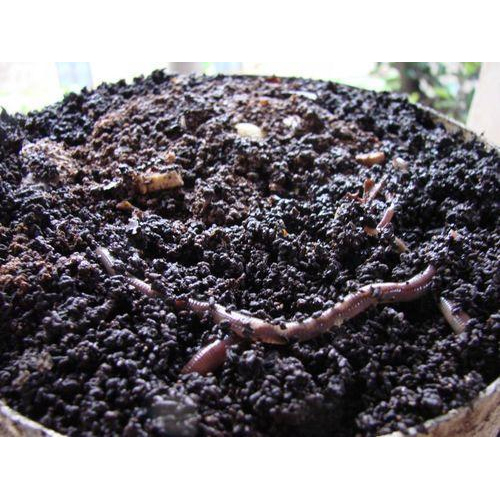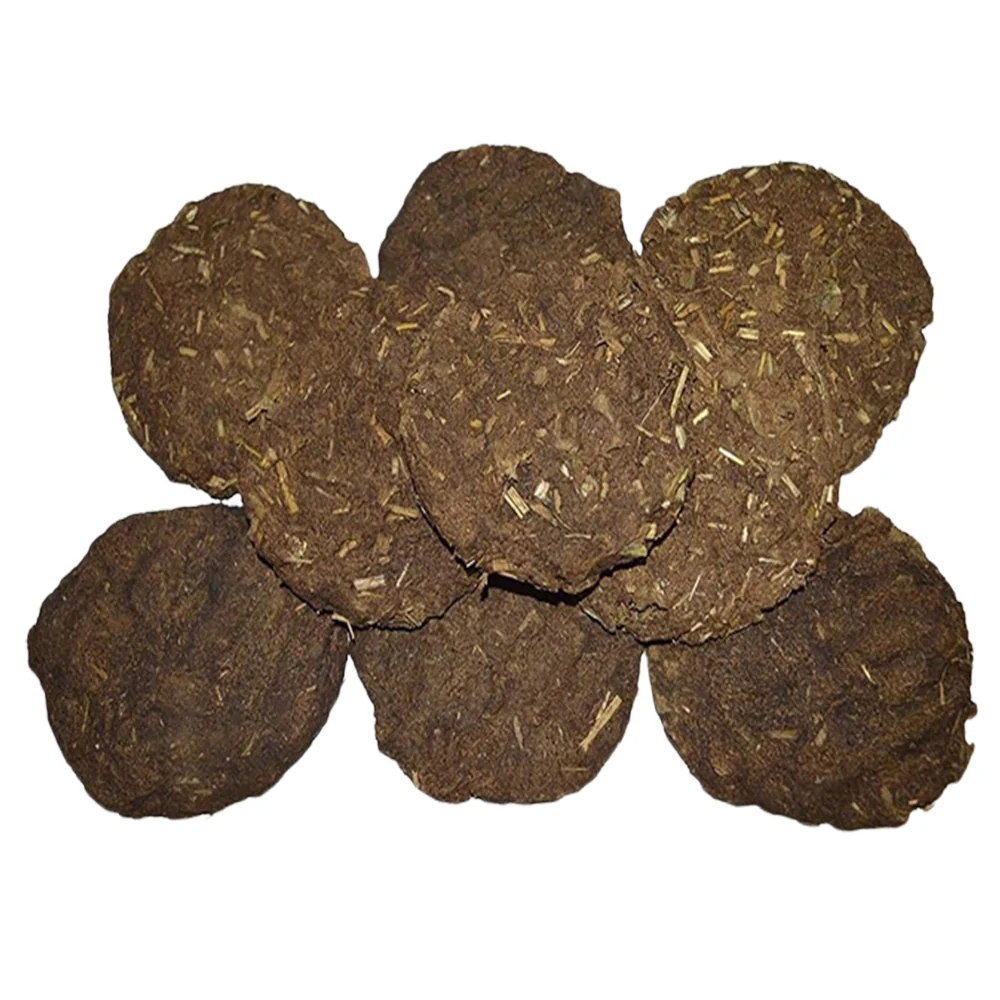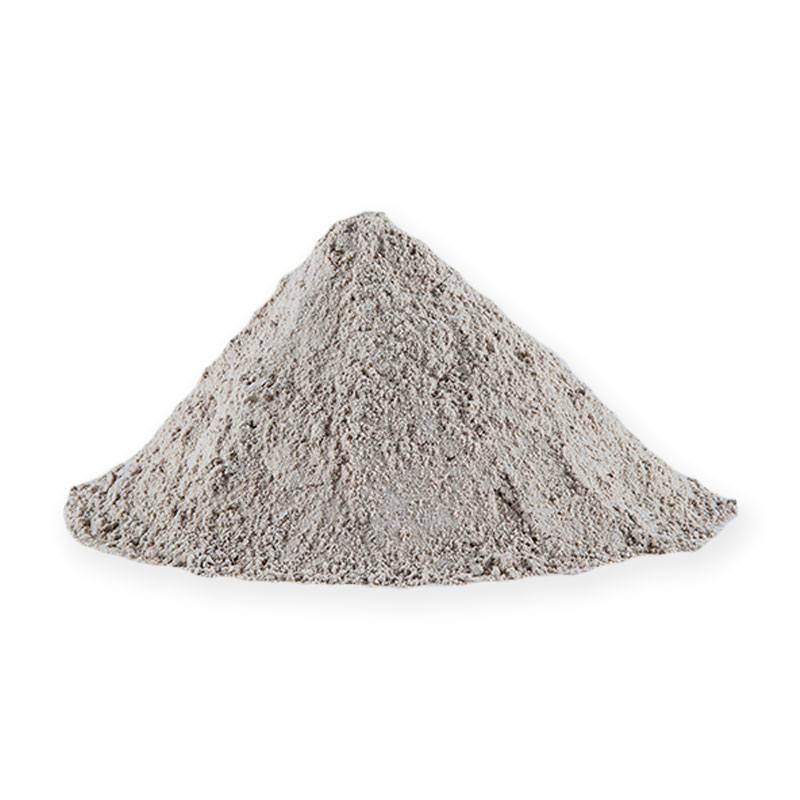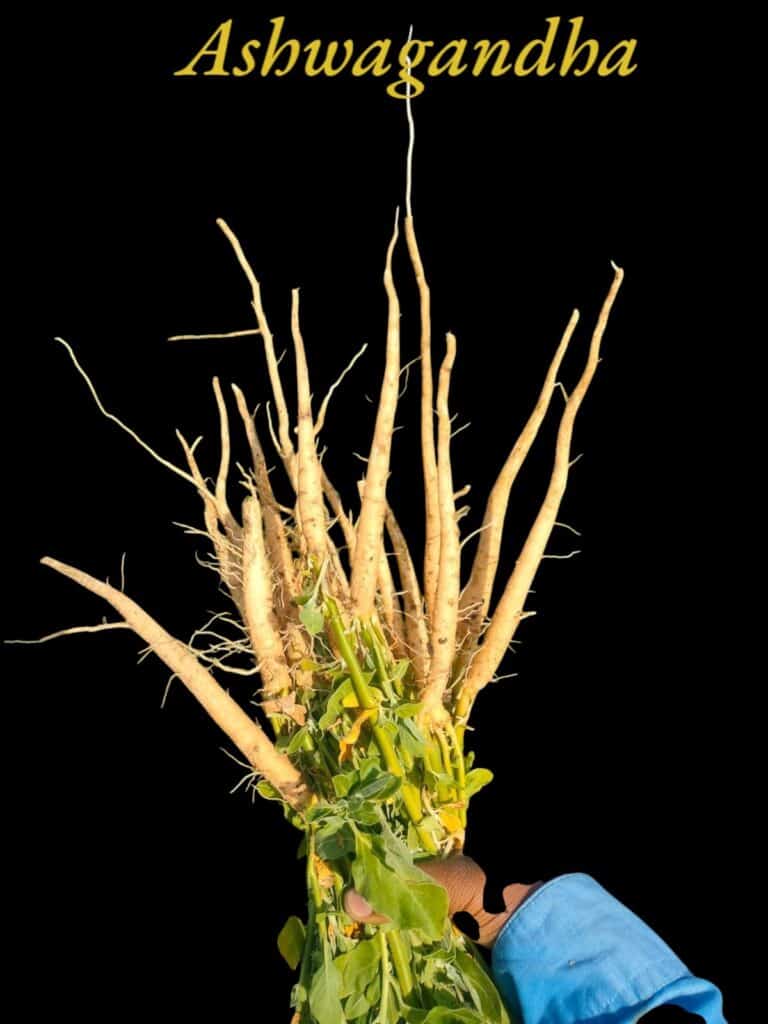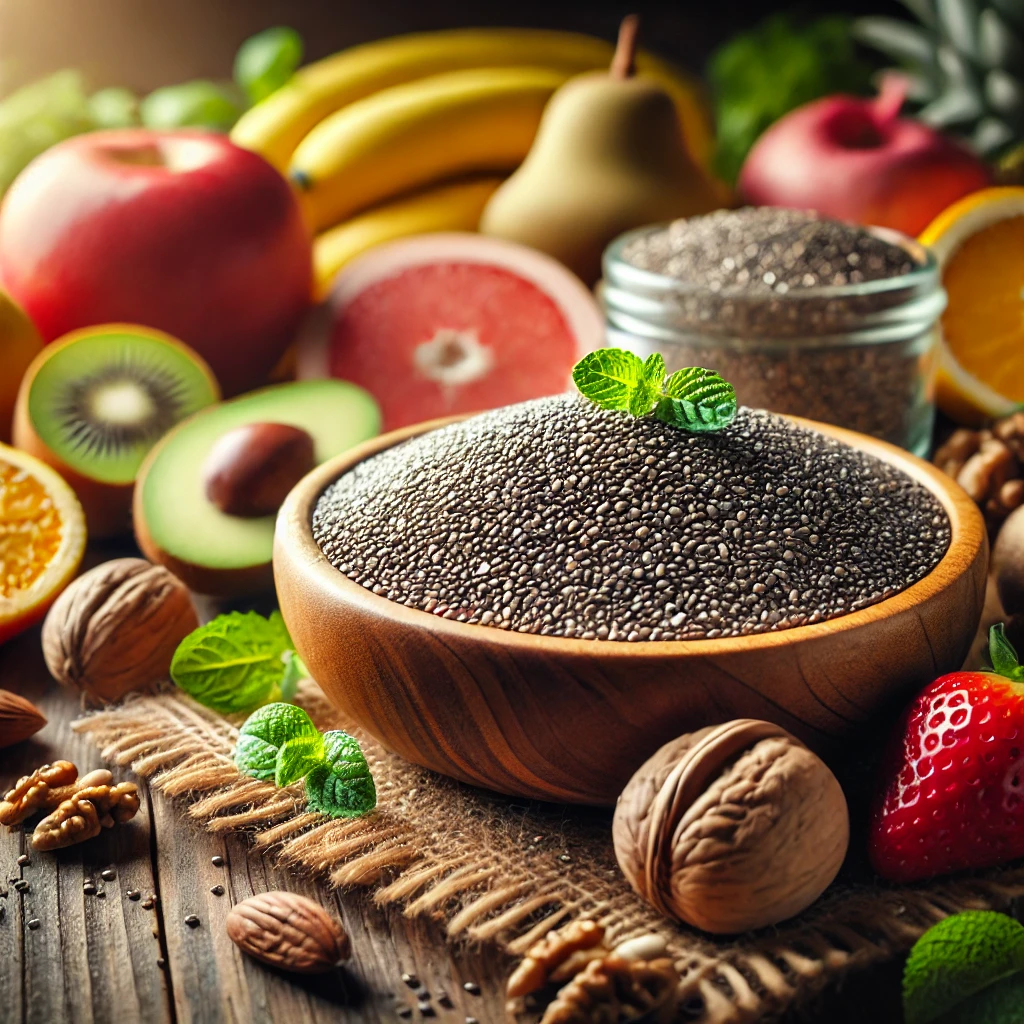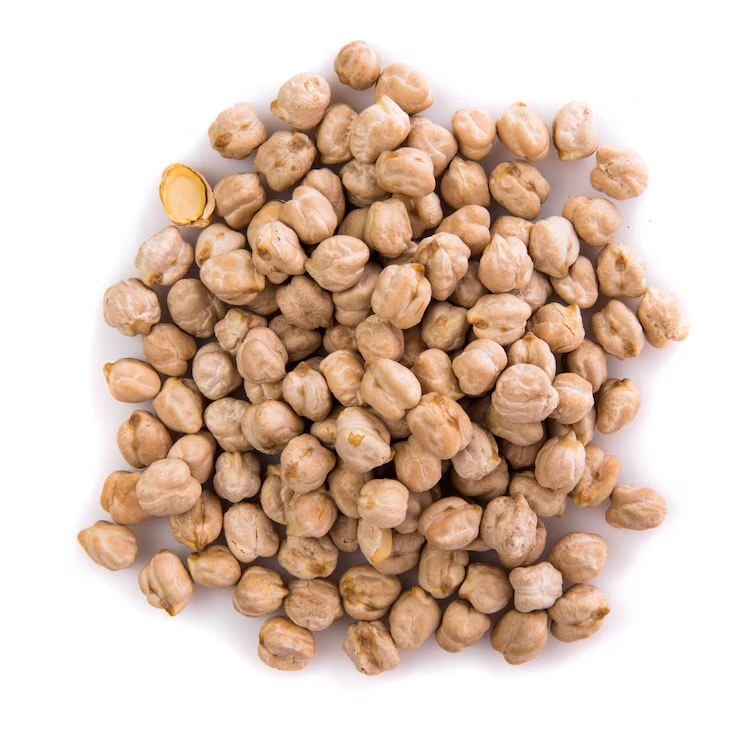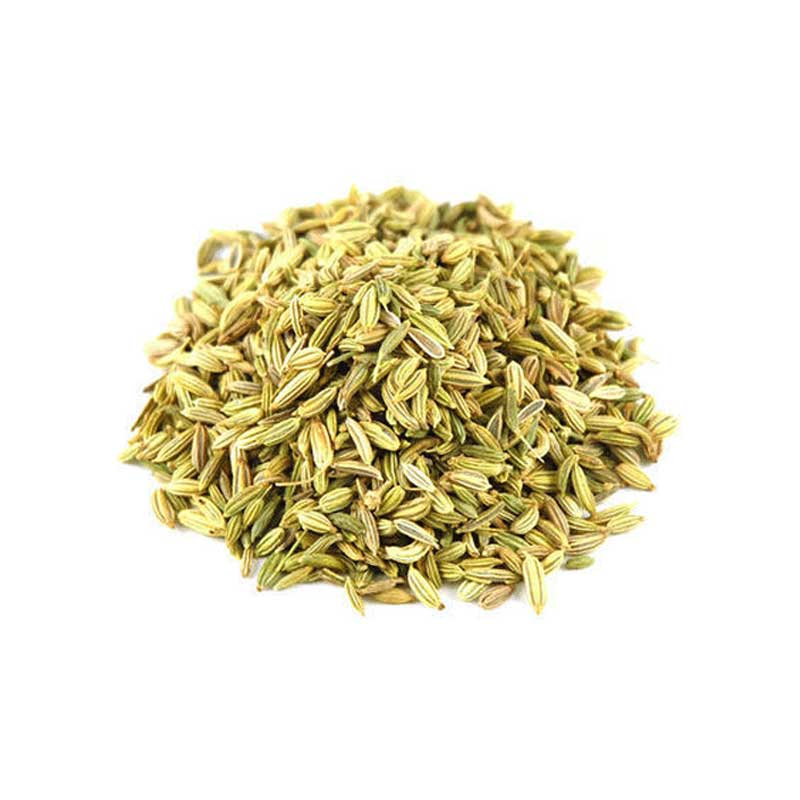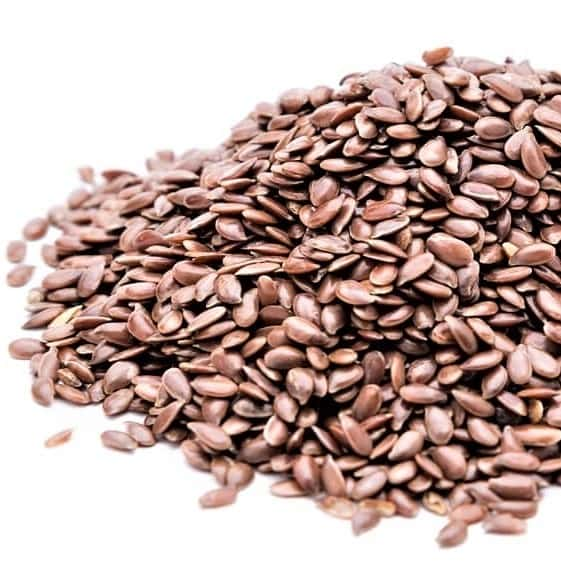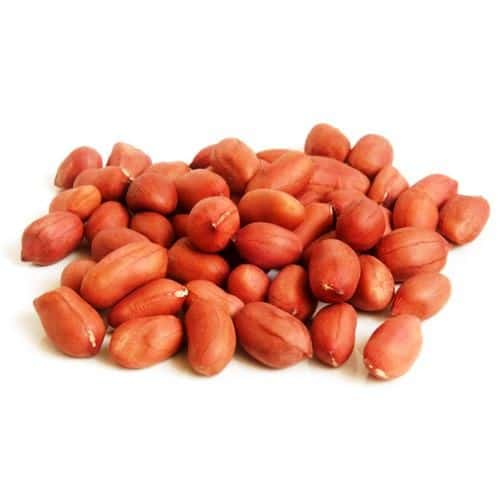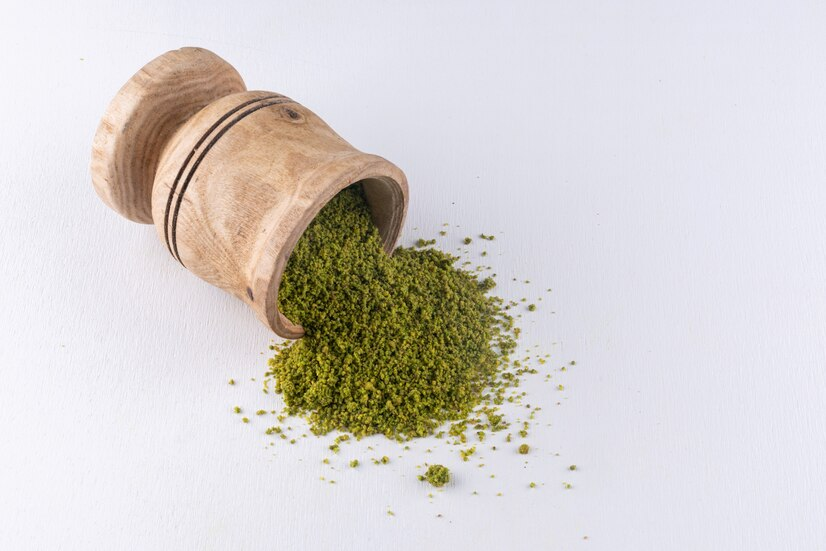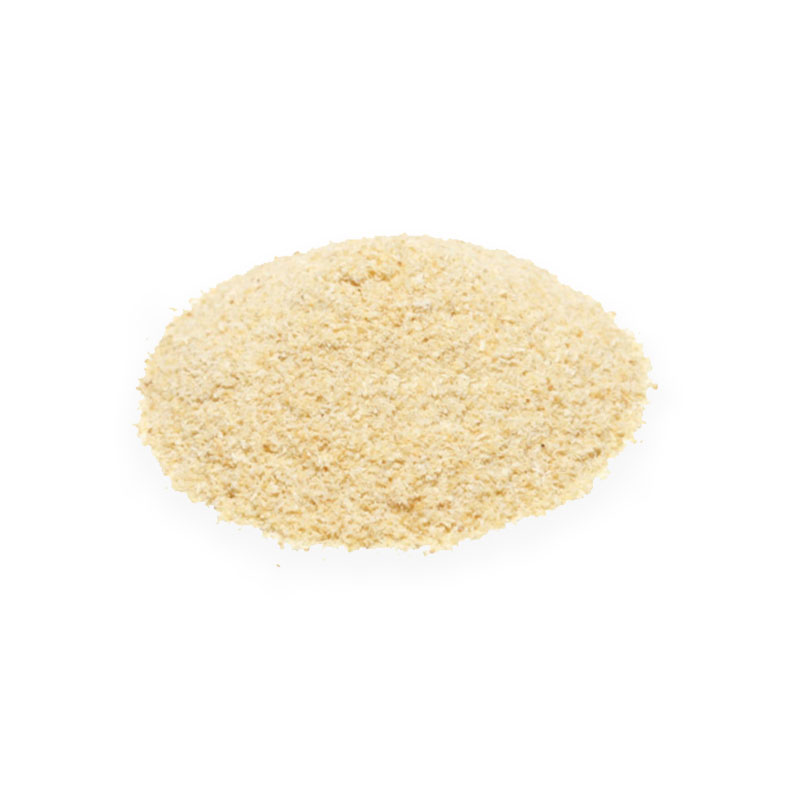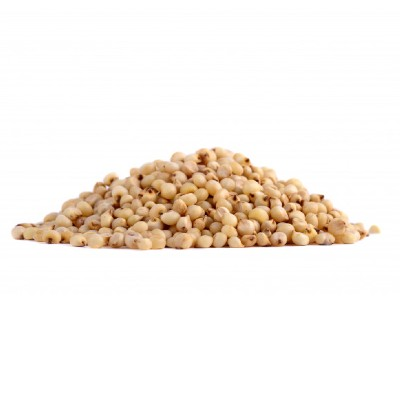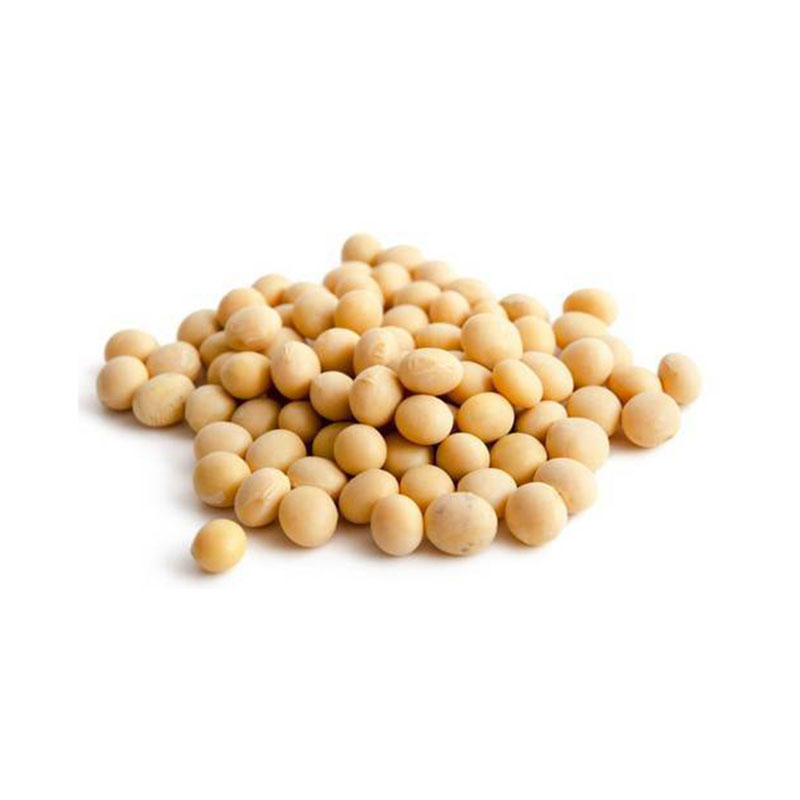Cow Dunk
Details:
| OTHER NAME | : | Cow dung, cattle manure |
| BOTANICAL NAME
HSN CODE |
:
: |
cattle manure
31010091 or 31010099 |
| SYNONYMS | : | Cattle manure |
| PLANT FAMILY | : | organic manure |
| PART USED | : | cow dung |
Cow dung is the natural excrement of cows, rich in nutrients and widely used in agriculture, energy production, and traditional rituals. It has been traditionally valued in India for organic farming, as a bio-fertilizer, and in religious ceremonies. Dried cow dung is eco-friendly, biodegradable, and increasingly in demand for sustainable agriculture, natural energy (biogas), and organic composting.
1-Organic Matter (over 70%): Enhances soil fertility and structure.
2-Nitrogen (N): Essential for plant growth and leaf development.
3-Phosphorus (P): Vital for root and flower development.
4-Potassium (K): Strengthens plant resilience and fruit quality.
5-Beneficial Microorganisms (Bacteria, Actinomycetes, Fungi): Help in natural composting and soil health improvement.
6-Cellulose, Hemicellulose: Support slow nutrient release into the soil.
2-Nitrogen (N): Essential for plant growth and leaf development.
3-Phosphorus (P): Vital for root and flower development.
4-Potassium (K): Strengthens plant resilience and fruit quality.
5-Beneficial Microorganisms (Bacteria, Actinomycetes, Fungi): Help in natural composting and soil health improvement.
6-Cellulose, Hemicellulose: Support slow nutrient release into the soil.
1-Used as an organic fertilizer in farming for enriching soil fertility naturally.
2-Used in biogas plants for renewable energy production.
3-Essential ingredient in Panchagavya and other Ayurvedic products.
4-Used for making dung cakes for fuel, especially in rural areas.
5-Important in religious rituals, traditional architecture (plastering floors and walls), and eco-products like cow dung logs and compostables.
2-Used in biogas plants for renewable energy production.
3-Essential ingredient in Panchagavya and other Ayurvedic products.
4-Used for making dung cakes for fuel, especially in rural areas.
5-Important in religious rituals, traditional architecture (plastering floors and walls), and eco-products like cow dung logs and compostables.

